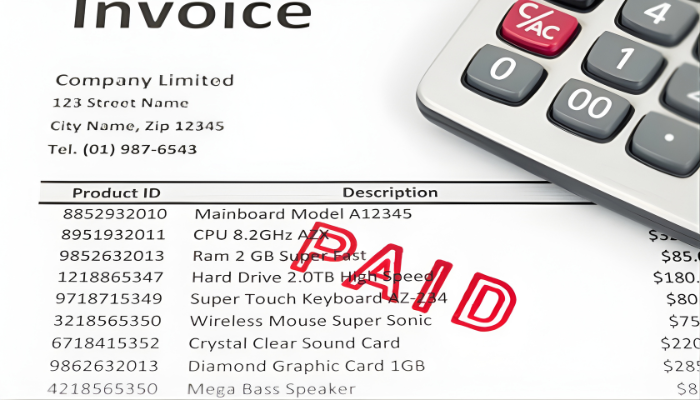
You may dread holding business meetings with your team. Your employees may be chatty, easily distracted or downright bored every time you call for a meeting with them. Rather than face such frustrating situations each time it is time to meet with your team, you should reconsider your approach to controlling the topics of conversation and getting everyone out of the meeting within a reasonable amount of time. Before you call your next meeting, you can make plan for it to be productive and meaningful by using these strategies to organize it.
Send a Pre-Email or Written Agenda
You know how frustrating it can be to greet your team, only to be asked about the purpose of the meeting. You can save yourself this frustration and also avoid having to backtrack on dialogue to get everyone on the same page by sending out an advance email or written agenda. When your workers receive this advance notification, they will walk into the meeting place with a clear idea of what must be discussed. You can get started on time and have a productive meeting when you let your team know well in advance about the topics that will be focused on during your time together.
Have a Written Outline of Topics
In addition to sending out the pre-email or written agenda, you should also have a written outline on hand for people to refer to throughout the meeting. Whether you want to make copies and hand them out as people walk in or display the outline on an overhead or computer screen, you can keep everyone on task and follow a cohesive pattern as you discuss with your team the matters that bring you all together that day. When they can see each idea that should be discussed, people will be more inclined to follow the outline and make the meeting as short and productive as possible.
Take Control of the Topics
Regardless of the time of day you hold the meeting, your employees may be antsy, chatty or simply bored when they come to the gathering area. They may want to wander off topic and discuss weekend plans or current events rather than the topics at hand. You can keep it productive and meaningful when you take charge of the topics that must be discussed that day. If someone interjects and brings up another business-related idea, you can acknowledge it, but then steer the conversation back to the original point being made. Likewise, if someone talks about a topic that is totally unrelated to work, you can be polite, but point out that now is the time to discuss what is on the outline. Taking control and transitioning between topic changes can help you keep the gathering productive and meaningful.
Keep It Short
Few things will make your team frustrated and even hostile than for you to hold an overly long meeting. In many cases, you should be able to discuss whatever it is you need to talk about within 30 minutes or less. Any time after a half hour could be disastrous for the results you want to achieve. Before you start the meeting, you should inform everyone of the allotted time for the gathering and then make it shorter if possible. Your team will appreciate getting out in time to focus on other tasks or to head home for the day.
Business meetings with your workers can be useful and productive if you take charge and use these strategies. You can avoid the chatter and distractions that take away from the purpose of the gathering. You can also get more people to contribute to conversation by using a written outline and keeping the meeting time short.














